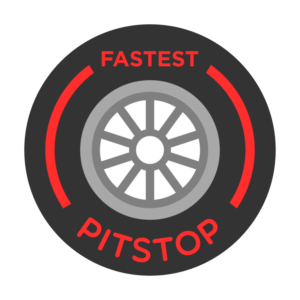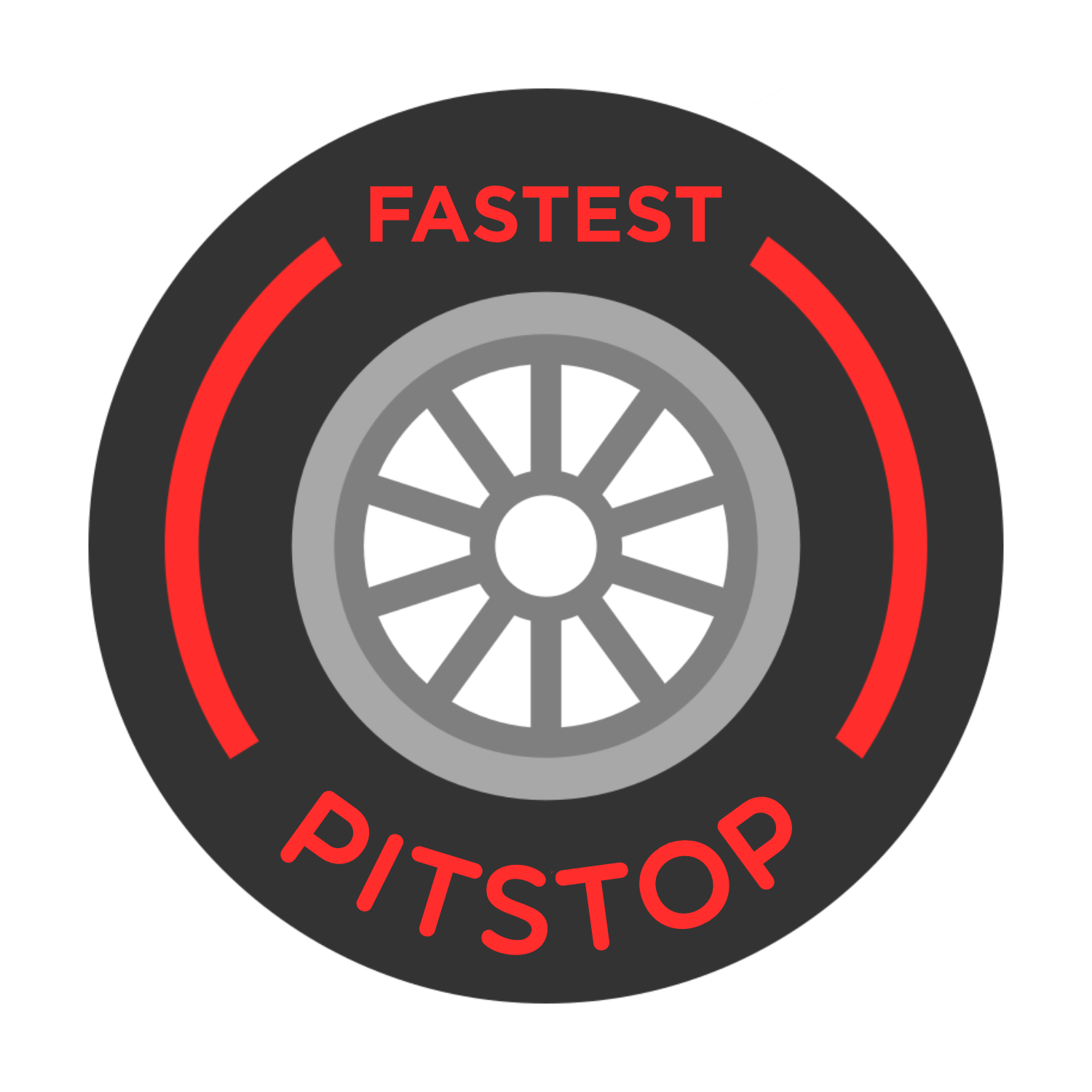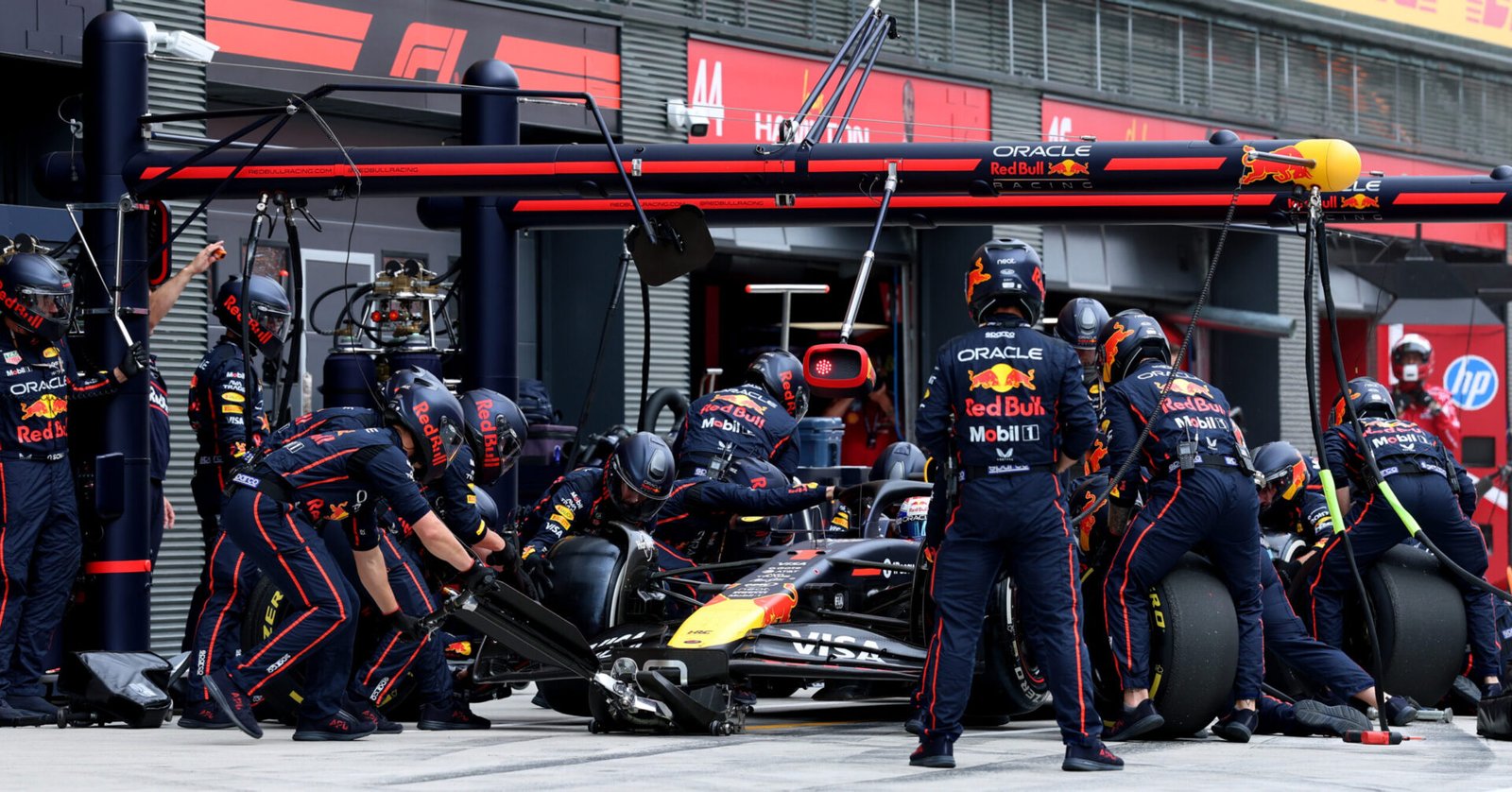In modern Formula 1, raw speed is no longer enough to secure victory. Instead, strategic decisions often determine race outcomes, particularly around pit stops. Two key tactical manoeuvres are the undercut and the overcut. Both play crucial roles in overtaking and managing tyre performance.
Formula 1 races can be won or lost in the pits, where split-second decisions can change the course of a grand prix. While drivers battle wheel-to-wheel on track, their engineers wage a strategic war from the pit wall, constantly calculating the optimal time to bring their cars in for fresh tyres.
What are Undercut and Overcut?
This high-stakes chess match revolves around two fundamental moves: the undercut and the overcut. Both strategies leverage tyre performance and track position, but their effectiveness depends entirely on race circumstances.
The undercut occurs when a trailing driver pits before the car ahead, using fresh tyres to gain a performance advantage. By pitting early, the driver behind can start setting faster lap times while the cars in front are on older, degrading tyres. If the time gained is enough, the undercutting driver can emerge ahead after the cars in front make their stops.
The undercut is most effective on circuits where overtaking is difficult, such as Monaco and Singapore. It also works well when tyre degradation is high, as fresh rubber provides a significant pace boost. Additionally, if the car behind has a clear tyre advantage, such as switching to softer compounds, the undercut becomes a powerful tool.
Red Bull’s undercut strategy worked a treat… just 😮 #FrenchGP 🇫🇷 #F1 pic.twitter.com/bQU17aBjUL
— Formula 1 (@F1) June 20, 2021
Conversely, the overcut involves staying out longer than the car ahead. This banks on the leader’s fresh tyres needing time to warm up while the overcutting driver exploits their existing tyre performance. If track position is critical, staying out can sometimes be faster than pitting early.
The overcut works best on tracks where track position is king, like Monaco. It can also be effective when tyre warm-up is slow, meaning fresh tyres don’t immediately provide peak grip. Another scenario where the overcut pays off is if the leader gets stuck in traffic after pitting. This would allow the overcutting driver to extend their stint and gain time.
Why strategy outweighs pure speed
Modern Formula 1 cars are closely matched in performance, making overtaking difficult even with DRS. Whilst the 2026 regulations feature a new overtaking tool, teams have begun to rely on strategic pit stops to gain positions.
Additionally, tyre management has become a decisive factor. Pirelli’s high-degradation compounds mean that a perfectly timed undercut can yield multiple seconds per lap. On the other hand, an overcut can exploit a rival’s cold tyres after a pitstop.
As Formula 1 continues to evolve, the battle between pit wall strategies has become just as thrilling as the on-track action. With margins between teams shrinking and tyre compounds becoming increasingly pivotal, these strategic gambles will only grow in importance.
While speed remains essential, Formula 1’s current regulations and circuit demands place a premium on strategy over sheer pace. The undercut and overcut act as calculated gambles that can make or break a race. Teams that master these tactics will continue to dominate, proving that the brains behind the teams are just as important as the engines.












